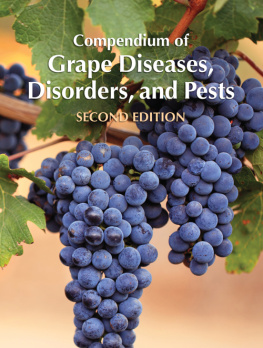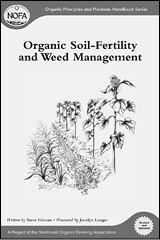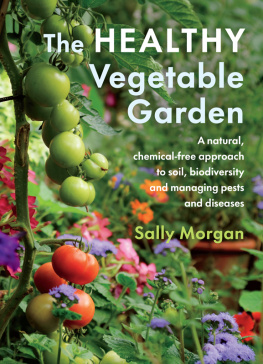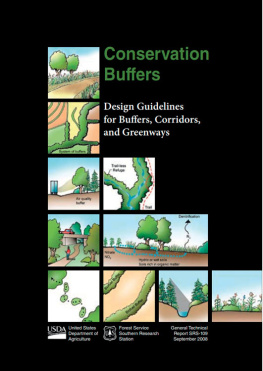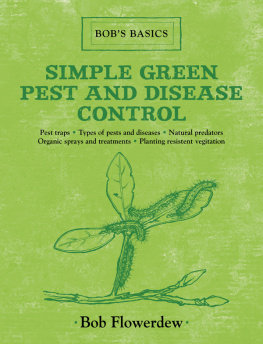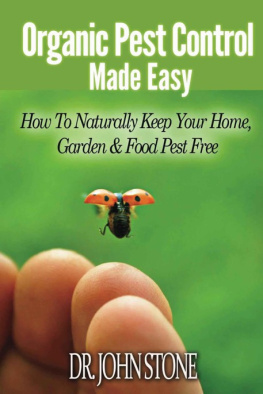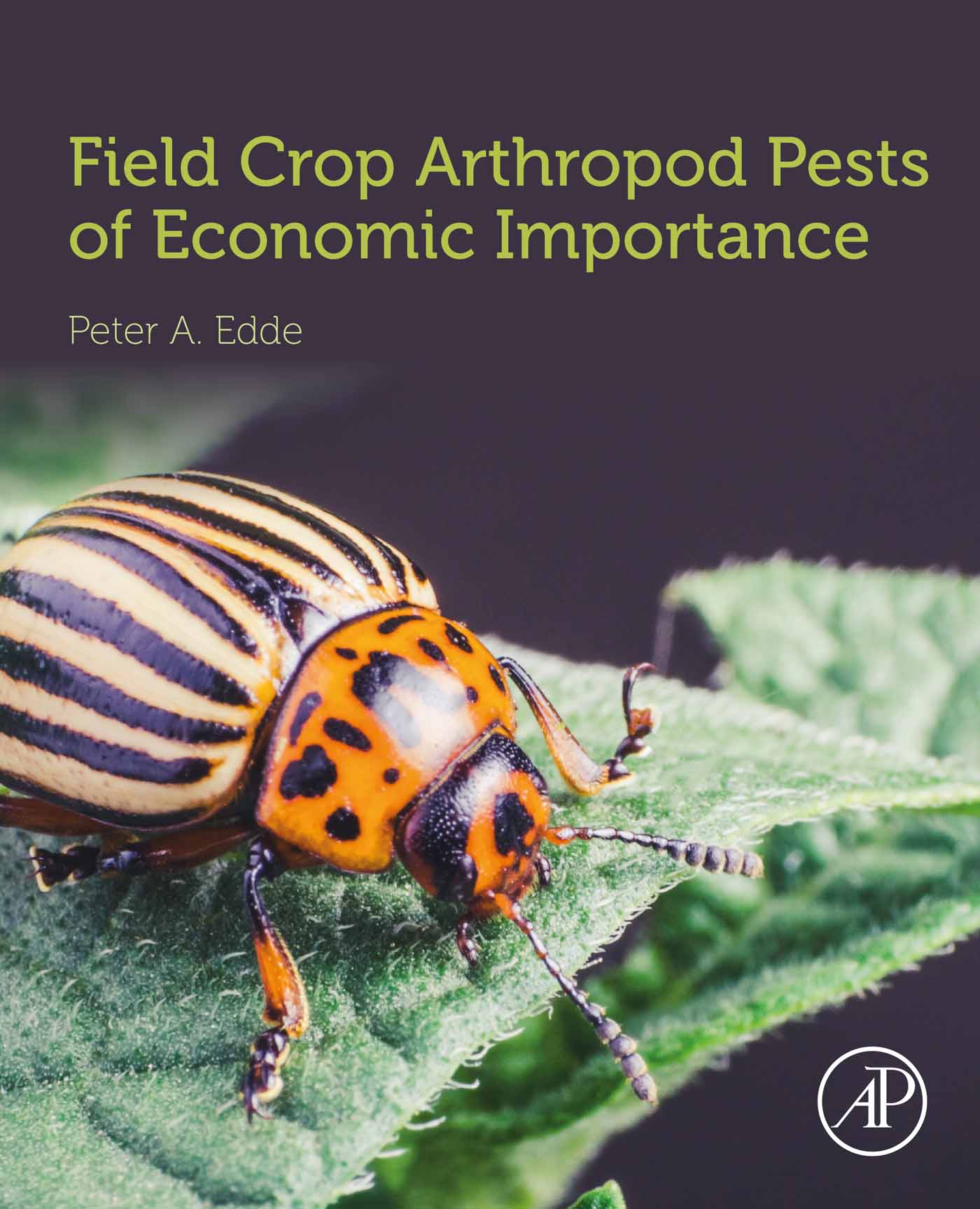Copyright
Academic Press is an imprint of Elsevier
125 London Wall, London EC2Y 5AS, United Kingdom
525 B Street, Suite 1650, San Diego, CA 92101, United States
50 Hampshire Street, 5th Floor, Cambridge, MA 02139, United States
The Boulevard, Langford Lane, Kidlington, Oxford OX5 1GB, United Kingdom
Copyright 2022 Elsevier Inc. All rights reserved.
No part of this publication may be reproduced or transmitted in any form or by any means, electronic or mechanical, including photocopying, recording, or any information storage and retrieval system, without permission in writing from the publisher. Details on how to seek permission, further information about the Publishers permissions policies and our arrangements with organizations such as the Copyright Clearance Center and the Copyright Licensing Agency, can be found at our website: www.elsevier.com/permissions.
This book and the individual contributions contained in it are protected under copyright by the Publisher (other than as may be noted herein).
Notices
Knowledge and best practice in this field are constantly changing. As new research and experience broaden our understanding, changes in research methods, professional practices, or medical treatment may become necessary.
Practitioners and researchers must always rely on their own experience and knowledge in evaluating and using any information, methods, compounds, or experiments described herein. In using such information or methods they should be mindful of their own safety and the safety of others, including parties for whom they have a professional responsibility.
To the fullest extent of the law, neither the Publisher nor the authors, contributors, or editors, assume any liability for any injury and/or damage to persons or property as a matter of products liability, negligence or otherwise, or from any use or operation of any methods, products, instructions, or ideas contained in the material herein.
Library of Congress Cataloging-in-Publication Data
A catalog record for this book is available from the Library of Congress
British Library Cataloguing-in-Publication Data
A catalogue record for this book is available from the British Library
ISBN 978-0-12-818621-3
For information on all Academic Press publications visit our website at https://www.elsevier.com/books-and-journals
Publisher: Charlotte Cockle
Acquisitions Editor: Nancy Maragioglio
Editorial Project Manager: Zsereena Rose Mampusti
Production Project Manager: Sruthi Satheesh
Cover Designer: Mark Rogers
Typeset by SPi Global, India

Dedication
This book is affectionately dedicated to:
- My wife, Titilade
- My sons, Peter and Paul
- My mother, Florence
- My father, Ezekiel
About the Author
Dr. Peter A. Edde is a principal scientist and entomologist, Altria Client Service LLC, a member of the Altria Group of companies, where he leads efforts at addressing pest management issues and developing entomological solutions and opportunities for all aspect of the business. His research has focused on using a multidisciplinary approach to develop the tools required for biologically based management of field and storage pests of economic crops.
Dr. Edde obtained his PhD in entomology from Oklahoma State University. He also served as plant quarantine entomologist at the Federal Department of Agriculture, Nigeria.
Preface
This book discusses important arthropod pests of some field crops. The compilation of book started about nine years ago. The book was designed as a working tool and reference, and brings together in concise and usable form information about the accurate diagnostics, bio-ecology, economic importance, and management of the arthropod pests of the following field crops: alfalfa, cotton, groundnut, hemp, maize, pulses, rapeseed (canola), rice, small grains (wheat and barley), sorghum, soybean, sugar beet, sugarcane, sunflower, and tobacco. The crops are treated in separate chapters. Each chapter is accompanied by a brief discussion of the crop discussed. Photographs or illustrations of the arthropod pest discussed and the damage caused (many in color) are provided to facilitate identification.
The author has endeavored to thoroughly digest the mass of materials published in technical journals and in the bulletins and circulars of the several governmental research agencies worldwide and present it in a form adapted to the needs of the audience. The Field Crop Arthropod Pests of Economic Importance is a valuable resource for entomologists engaged in insect detection and survey; researchers in systematics, faunistics, and biology; students of economic entomology and crop production, crop insurance agents, and as a thorough reference guide for field and research workers involved with crop protection and food production.
This work presents extensive information gathered from the literature. Therefore, some error, omission, and misinterpretation may have been inadvertently incorporated into its compilations. Furthermore, scientific knowledge concerning the material is rapidly evolving. The author or its publisher accepts no liability arising directly or indirectly from the use of any of the information presented in the book. If you wish to report any errors within this book, you can let the author know by email: .
Acknowledgment
This book would not have been possible without the intellectually stimulating and creative environment provided by my employer, Altria Clients Service Inc., to whom I am grateful.
In the preparation of this book, I am particularly indebted to Chengalrayan Kudithipudi, Chery Dicks, Golnaz Salehipour, Hannah Burrack, Isaac Oyediran, Jessica Lindenmayer, Jesus F. Esquivel, John Gavloski, Karlyn Wilson, Kenneth S. Brown, Michael J. Stout, Raymond A, Cloyd, Tolupe O. Morawo, and Tom Royer for providing valuable suggestions and criticisms on various chapters.
Special acknowledgments are due to my acquisition editor, Nancy Maragioglio; editorial project manager, Zsereena Rose Mampusti; production manager, Sruthi Satheesh; and everyone on the publishing team at Elsevier for their professional advice and assistance in polishing this book.
1: Arthropod pests of tobacco ( Nicotiana tabacum L.)
Abstract
Tobacco, Nicotiana tabacum , is a high-value crop grown in many temperate and tropical countries. This chapter focuses on economically important insects of the seedling tobacco or the growing crop in major tobacco-producing regions of the world. The species covered here are green peach aphids, black cutworm, tobacco budworm, tobacco and tomato hornworm, tobacco flea beetle, thrips, Japanese beetle, and tobacco wireworm. The occurrence and economic importance of these insects vary from region to region. For each insect discussed, the following information is provided: the scientific name and taxonomic position of the insect; its geographical distribution; the stage that causes the damage and plant hosts; a brief discussion on classification and description of the species; a summary of the biology; and details regarding pest management, which include scouting/monitoring methods, action threshold, cultural (nonchemical) methods, natural enemies, and chemical control.
Keywords


